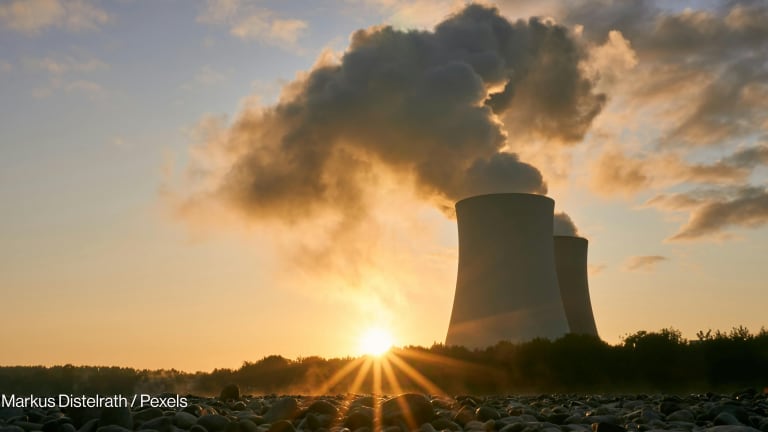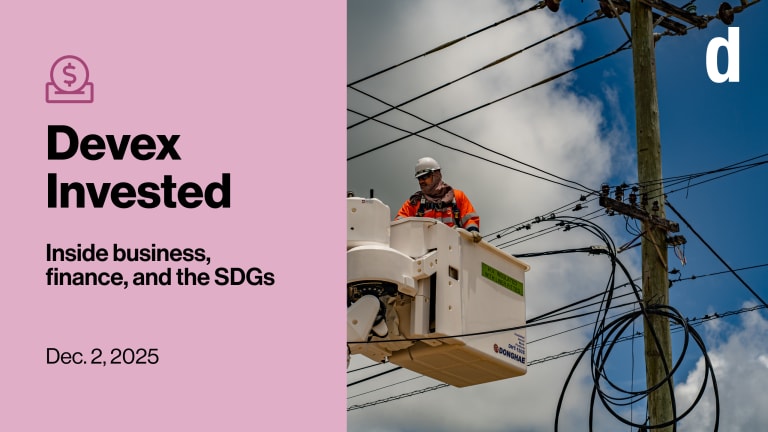Since 2009, the U.S. has increased its climate finance for developing countries fourfold to $2.6 billion in 2015. U.S. climate finance was spent across three main areas: mitigation, such as clean energy; adaptation, such as helping farmers integrate weather risks into their production to build resilience; and supporting improved forest management and reducing emissions from deforestation and forest degradation. The United Nations refers to these activities as REDD-plus, but the U.S. categorizes them under the broader term “sustainable landscapes.”
In Nov., then President-elect Donald Trump said he would “cancel billions of dollars in global warming payments to the United Nations.” Trump’s presidential transition team also asked State Department officials to disclose which funds it gives annually to international environmental groups and has raised doubts about America’s future commitment to the Paris climate deal. Shortly after Trump took office, the official White House website deleted almost all mentions of climate change, except for Trump’s promise to get rid of the Obama administration’s climate change policies.
While no one knows for sure exactly what the Trump administration’s climate change policies will be, there are plenty of questions over what will happen to the billions of dollars the U.S. government dedicates to the cause.








